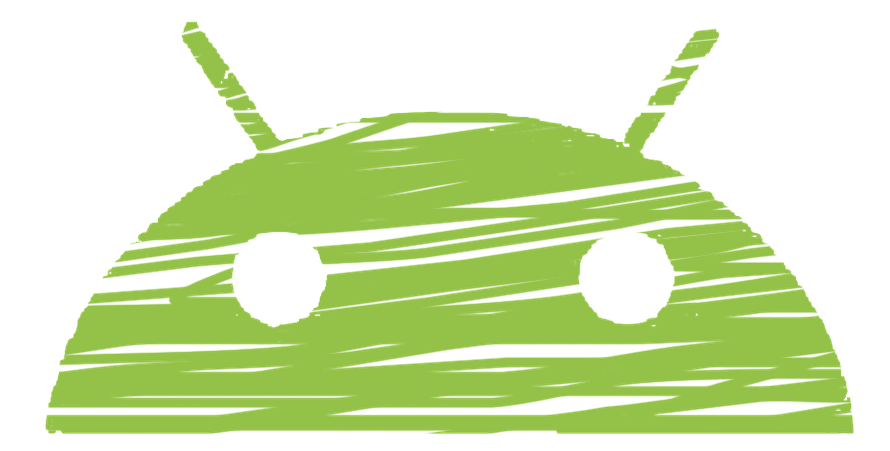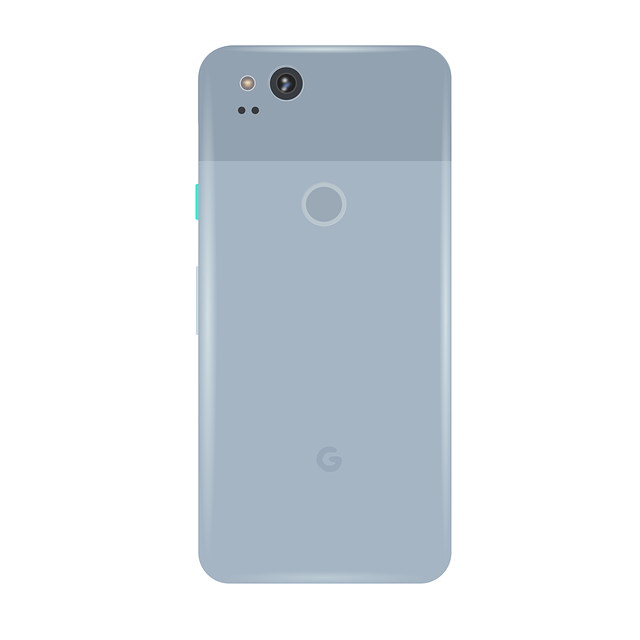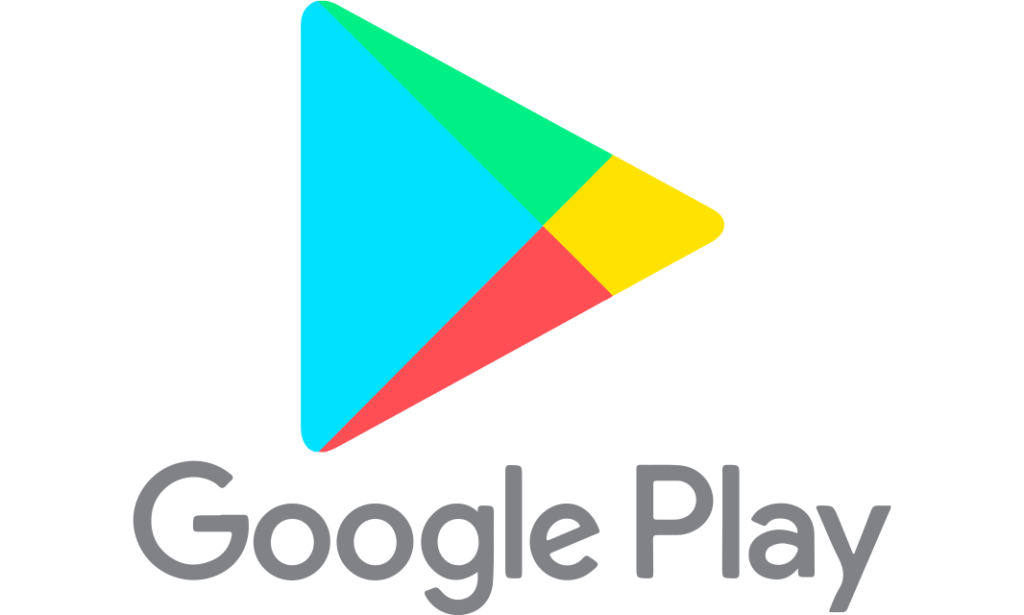What is the story behing Android? How Google made Android successful? And how did it become so popular in such a short period of time? This post aims to think about the drivers that made Android the popular mobile operating system we all know.

Google in its beginnings
The history of Android starts in October 2013 when Andy Rubin, co-founder of a firm that designs hardware, software and services for mobiles called Danger, Rich Miner, Nick Sears and Chris White joined forces to develop an advanced operating system that, even if it was originally destined for cameras, it ended up developing it for mobiles. In Rubin’s words, they sought to create “smarter mobile devices that are more aware of its owner’s location and preferences” (Elgin, 2005).
In early 2005, the project had evolved significantly, but due to the lack of money the whole team moved to Seoul, Korea, in search of funding from one large mobile maker organisation, Samsung. The executives from Samsung did not consider the idea of the start-up very seriously. Two weeks later, nevertheless, Larry Page, co-founder of Google, agrees on buying Android Inc., operation that was completed in August 2005 for $50 million.
After Google’s acquisition
After the acquisition, the key employees stayed in the project, including Rubin, who continued until March 2013, when he moved from the Android division to another project at Google, leaving Chrome and Chrome OS director Sundar Pichai as head of this division (Lapowski, 2014).
Google’s intention was to keep on developing this mobile operating system to compete against the mobile OS leaders of that time, Rim’s Blackberry and Microsoft’s Windows Phone, in other words, a QWERTY device with no touchscreen. However, when in January 2007 Steve Jobs revealed the iPhone, Google reacted instantly, as they understood that Apple’s device was thoroughly going to change the envisioning of the mobile phone (Ionescu, 2012).
By virtue of this open source solution any handset manufacturer could utilise it as a software development platform for their own benefit. Organisations such as HTC, Samsung, and LG have manufactured a wide range of Android phones since then, which is indeed one of the key success factors of this operating system. Furthermore, Sprint, Verizon, T-Mobile, and AT&T provided phone services for a variety of Android phones, unlike iPhone, which was tightly limited to AT&T. This was undoubtedly an enormous advantage for Android.
The Android App Market
Afterwards, the Android App Market was released in November 2008. This application market was also an important factor, as the growing number of applications represents a tremendous value for the OS, and its large developer community also played a fundamental role in this growth. This is because Android Market’s open policy attracted many developers as opposed to Apple’s App Store, which is full of barriers due to the close nature of the store, which is strictly controlled by Apple. Thus, in Android developers can easily self-publish to the Android Market, whereas in iOS apps are submitted and revised before publication, which means that Apple decides which of the applications are released or not.
Since the beginning, Google understood the value of having a large app market and a vast developer ecosystem supporting it. That is why, apart from it, Google did also released Google Books, Google Music and Google Videos which, since March 2012, all these digital media services were merged under the Google Play brand.

The first Android mobile ever
Along with the Android Market, the first Android mobile ever was presented, T-Mobile’s G1. Since then, its growth has been unstoppable, reaching the incredible number of 300,000 Android activations per day by the end of 2010. This happened because most vendors delivered Android devices across a broad range of prices, from high-end products to aggressively priced devices, making sure that Android devices were widely available and affordable to the budget of every kind of consumers (Canalys.com, 2010), as opposed to Apple’s iPhone.
Clear examples of the success of Android are the Samsung’s top-selling Galaxy S2 smartphone and Google’s first tablet, Nexus 7. We can then confirm that there is a patent divergence between the two business models: while Apple’s ecosystem is conformed uniquely by high-end market, which opens up the opportunity for the value chain to compete for share of wallet, Android’s ecosystem is largely made up by the mid-low segment but also by the high segment, referring specially to the popular highly priced Samsung handsets for instance (Bajarin, 2014).
Since the release of this smartphone, Samsung has gained great prestige among customers and, as a consequence of this success, it is considered one of the organisations that led Android to the top. In fact, as statistics show, in Q2 2014, this firm took around 25% of all the smartphone sales (Constantinou, 2014), which represents an incredible 74,3% of all Android sales (Jonnalagadda, 2014). Moreover, it is worth mentioning the considerable amount of money that Samsung is investing not only to promote its products, but also to lock down on products released by the competence, with the iPhone as the main target (Kastrenakes, 2014), as it indirectly helps Android growing.
Google’s Nexus and Pixel smartphones
The release of the Nexus 7 was significant due to the new OS version, Android 4.0 Ice Cream Sandwich, which gave a complete brand new look to the UI and the overall functioning of the operating system.
Also, in February 2013, Google releases a brand new range of smartphones called Pixel to replace the Nexus serie. A change of name to show that Android is a robust, popular, demanded and technologically advance OS. In other words, a tactic move from Google to show that it is abandoning the Nexus series of cheap phones in favor of the Pixel series of high-end phones.

Android apps
Another commercial driver for the success of Android have been several highly popular applications such as the free messaging applications WhatsApp, which has more than 600 millions of users nowadays and even games like Angry Birds, which have encouraged many people to buy an inexpensive phone, with Android phones as the most popular ones, just to play it for free.
It must be mentioned that another driver to foster people to acquire Android devices is their tight and well-organised platform connected to Google services. Google Maps, GMail, Google Drive or Google Now are examples of those popular services that are very attractive and useful for the users, sometimes even must-have services. As Constantinou (2014) explains, this OS wants to ensure that every customer has full access to Google’s services across all Android devices.
With all of this, by the end of 2011 Android had already achieved to increase the rate of activations per day to 700,000. Intuitively thanks to each new OS version and the significant amount of smartphones on sale Android controlled by end of 2013 almost 80% of the market share (Constantinou, 2014), and it was already clearly positioned on top of the mobile market.

More than smartphones and tablets
During 2014, Android starts to be popular not only on smartphone and tablets, but also on other devices such as smart TVs, smart watches, game stations (Nexus Player) and even cars (Android Auto). By June 2014 more than 1 billion users were actively using an Android device.
Finally, it must be said that another driver of Android’s success is that it completely fits into Google’s core strategy. As said before, Samsung could have purchased Android but, as a hardware manufacturer, the OS would not have grown as much as with Google. The firm has indeed tried to release their own OS several times, firstly with Bada and currently with Tizen, but without any success (Constantinou, 2014). However, inside Google, Android has been able to further back the company’s core business, the online advertising, which is the source of Google’s 97% of revenues (Singel, 2011). This is a huge difference that must be considered. For example, while Apple’s App Store seeks to maximise profits by selling more and more digital media, Android’s Play Store veritably seeks to make the OS more tempting for the public in order to reach an immense number of people and, ultimately, make more profits by displaying ads in all those Android devices.
The competitors
Since the beginning of Android, Nokia, the mobile leader with its Symbian OS, has seen its market share reduced from around 60% in 2007 to almost zero in 2013 (Constantinou, 2013). However, even they still manage to keep a small share by releasing Windows Phone mobiles, this is not enough. In 2013, Microsoft purchased Nokia’s handset division, and most recently, they have surprisingly opted for releasing their first Android device, a tablet called Nokia N1 (Warren, 2014). It seems that Nokia has realised that Windows Phone is not on the right path, as it arrived too late to the market. Most importantly, it lacks a large app market and the support of a considerable developer community, which are key points for both iOS and Android. That is why Nokia may have decided to move onto a more promising platform like Android with its new tablet, which looks promising due to its similarity to Apple’s iPad mini and its low price.

